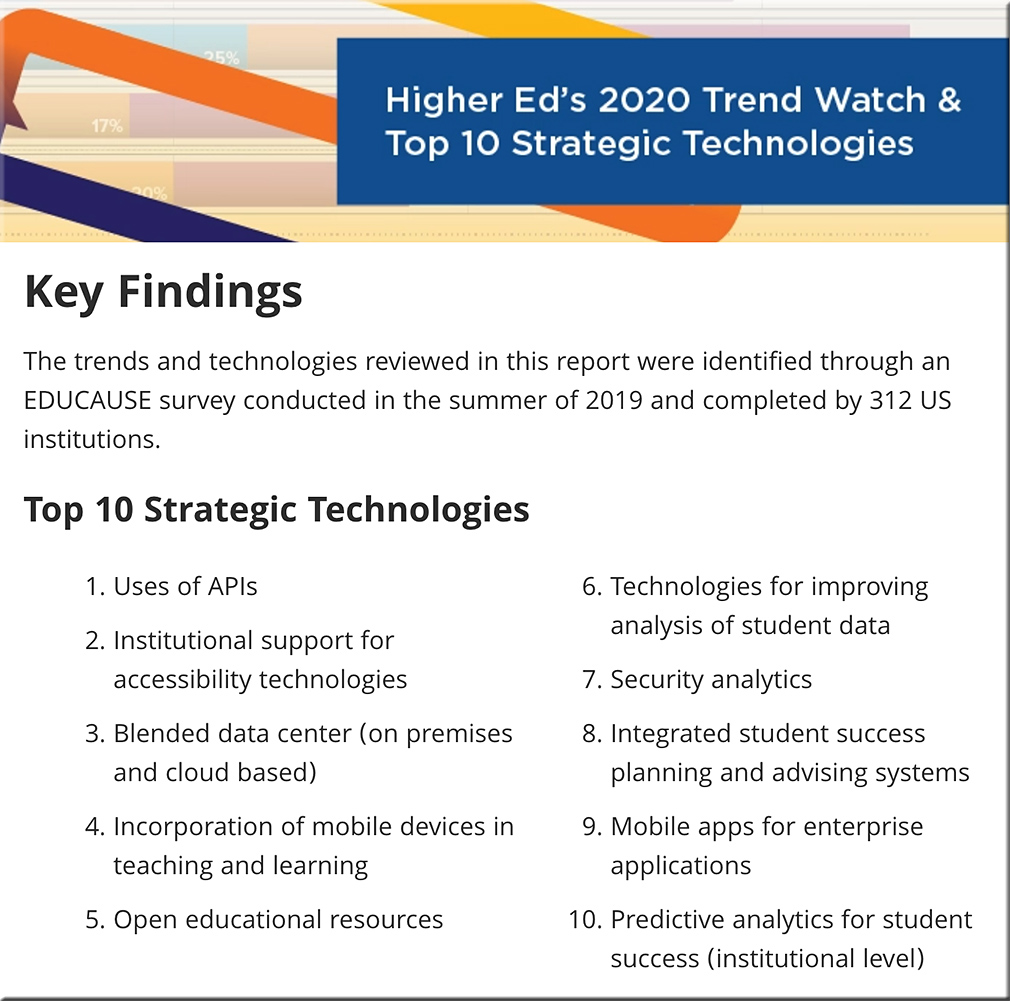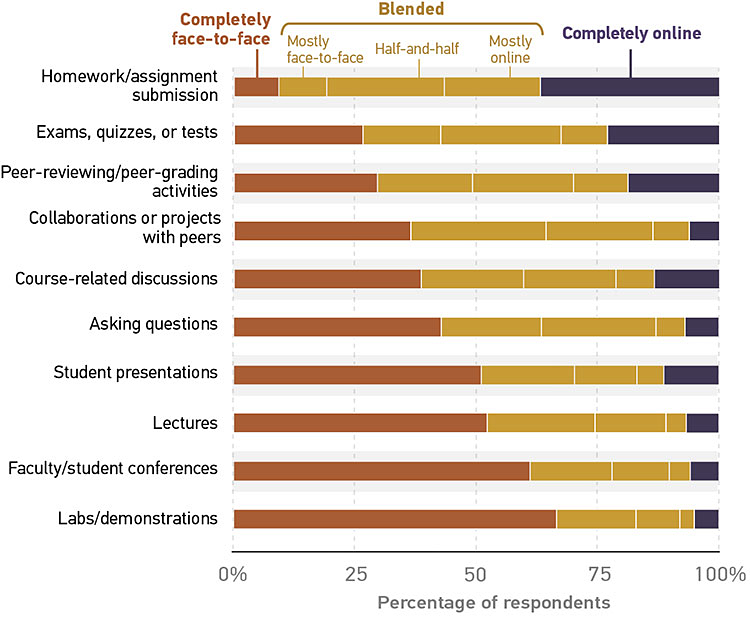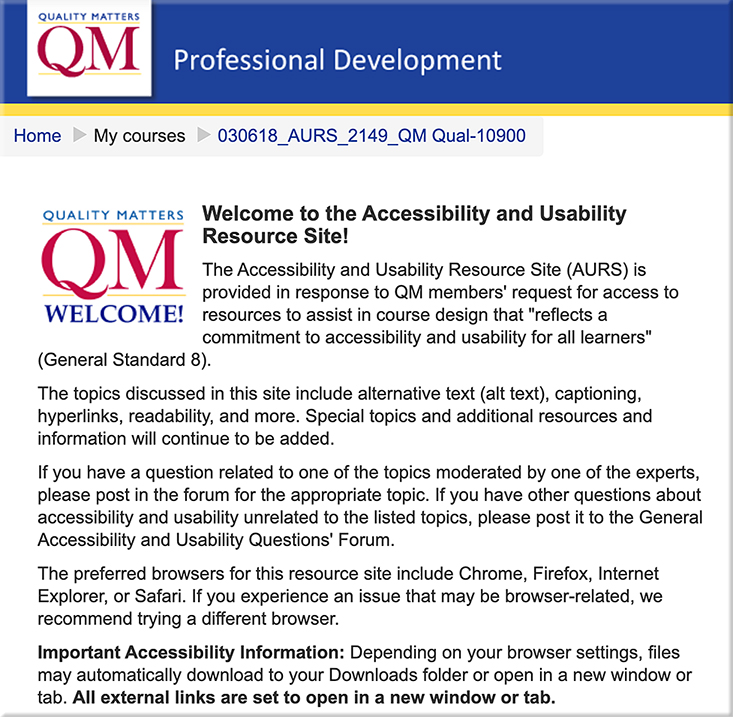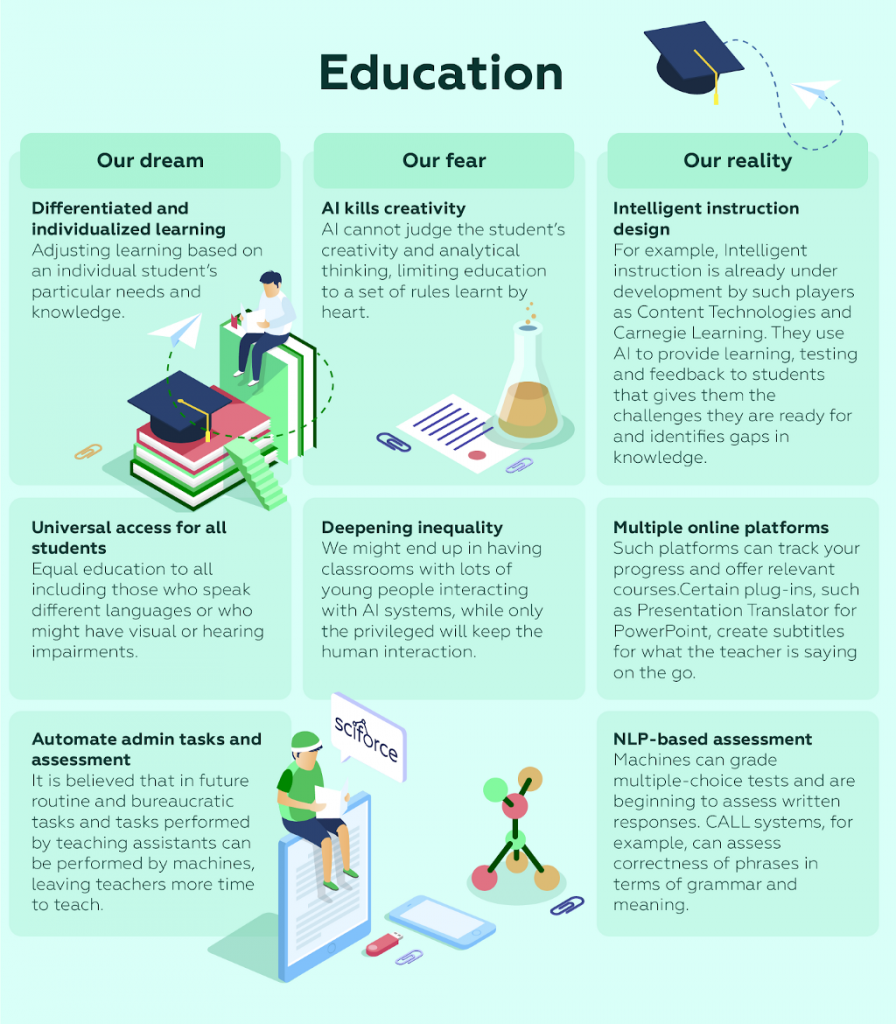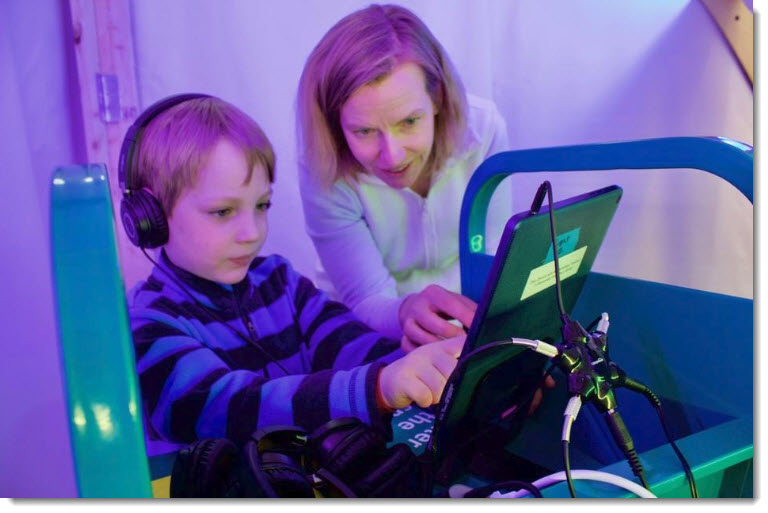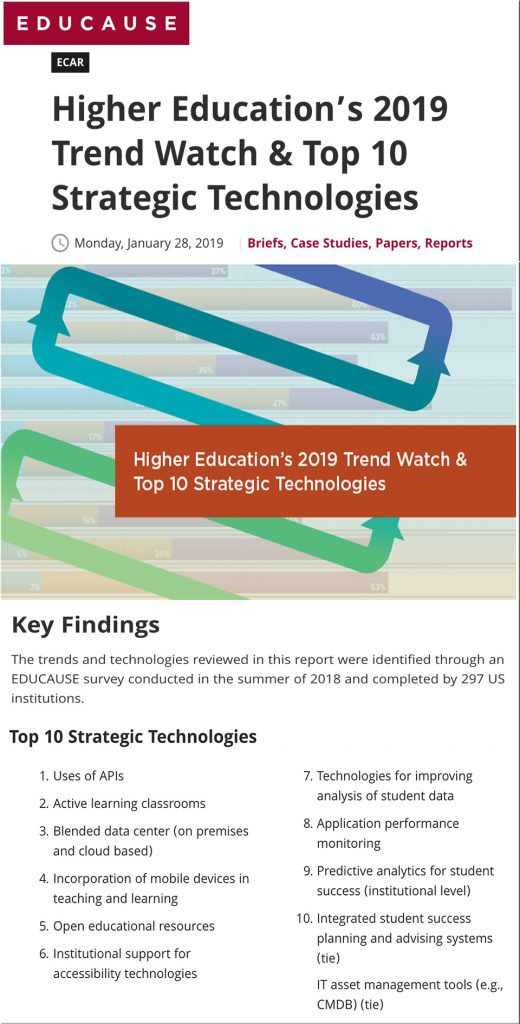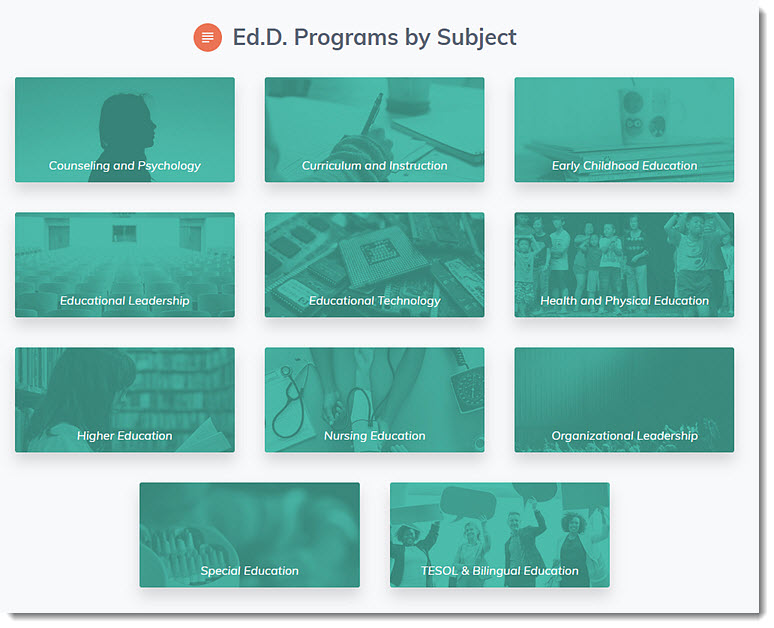6 Ed Tech Trends to Watch in 2020 — from campustechnology.com by Rhea Kelly with:
- Bridget Burns, Executive Director, University Innovation Alliance
- James Frazee, Chief Academic Technology Officer and Associate VP, Instructional Technology Services, San Diego State University
- Ernie Perez
Director, Educational Technology, Digital Learning & Innovation, Boston University
This year’s top issues in education technology reflect the bigger picture of a student’s pathway from individual courses all the way to graduation and career.
Topics include:
1) Workforce Readiness
2) Artificial Intelligence and Chatbots
3) Extended Reality (XR)
4) Video and Accessibility
5) Predictive Analytics and Advising
6) Industry Partnerships









